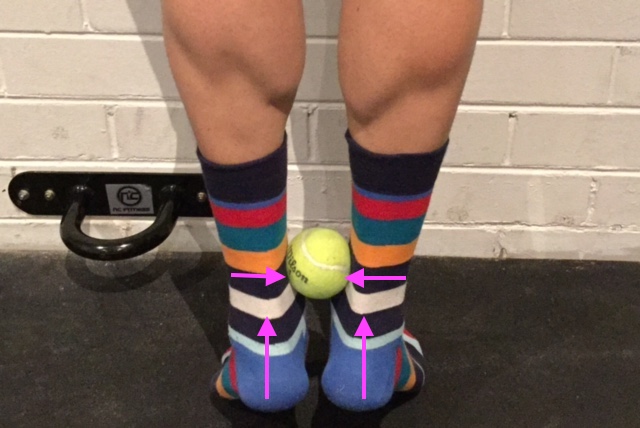Are shin splints interrupting your running program? Here are some simple tips from Osteopath (and experienced runner) Dr Brendan O’Loughlin on how you can avoid them.
1. Cut back your running
Most shin splint (medial tibial stress syndrome) cases are caused by increasing your running load too rapidly. This includes ramping up your running frequency, distance, or speed too quickly. So, although reducing your training load might be the last thing you feel like doing, for shin splints, it can make a big difference. By dropping your training back, you’ll hopefully be able to manage the injury and then start to increase your load slowly.
2. STRENGTHEN INVOLVED MUSCLES
You can try these really simple exercises to help strengthen the Tibialis posterior and the Flexor Hallucis longus, both key players in causing shin splints.
Strengthen Tibialis posterior by squeezing your lower calf muscles inwards and upwards against a tennis ball. Start with 2 sets of 10 and build up to 3 sets of 15. This can make a big difference to eliminating shin splints.
Strengthen Flexor Hallucis longus by flexing your big toe against the resistance of a training band. Start with 5 15-second holds.


3. FOLLOW A CONTROLLED RUNNING PROGRAM
The best way to minimise the chance of injuries like shin splints is to follow a planned running progression without overloading too quickly. It’s usually best to have someone else to prepare your training program, as this prevents you getting over ambitious and risking injury. A good program will allow your body to adapt to a progressively harder load without getting injured.
Dr Brendan O’Loughlin is an experienced triathlete and long-distance runner, having completing his first official marathon earlier this year. If you would like to speak with him or to one of our other practitioners about your running, injuries or training program, then please feel free to ask a question, contact us or email us at: info@

